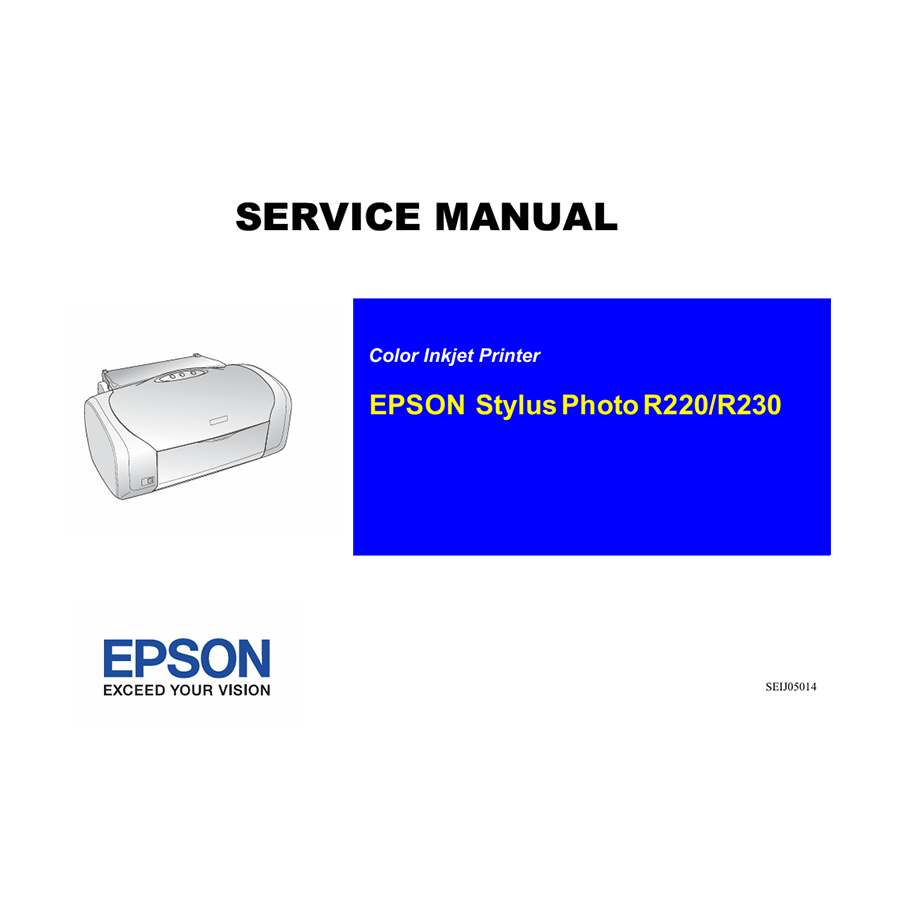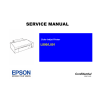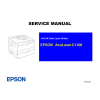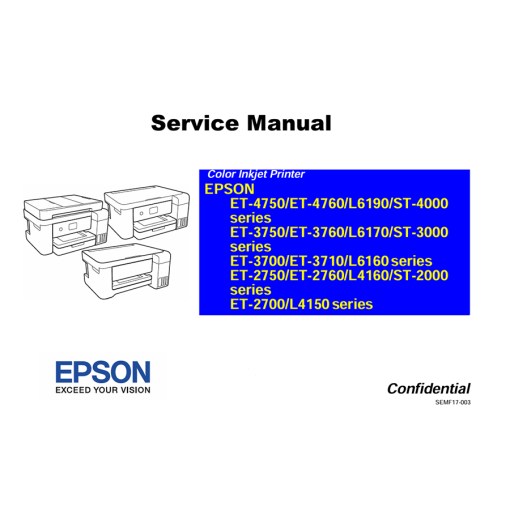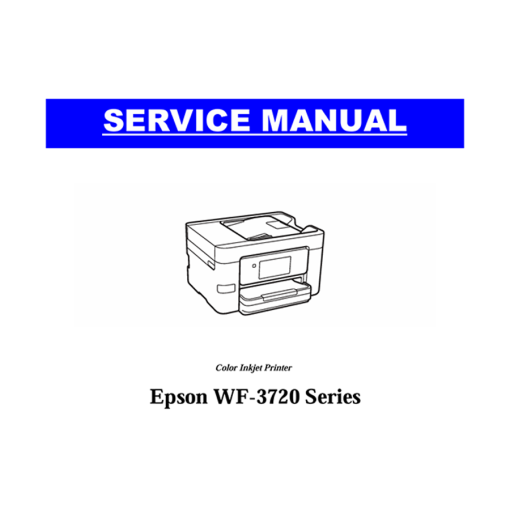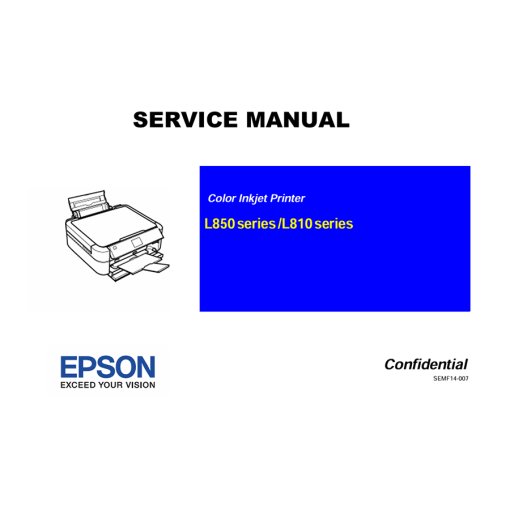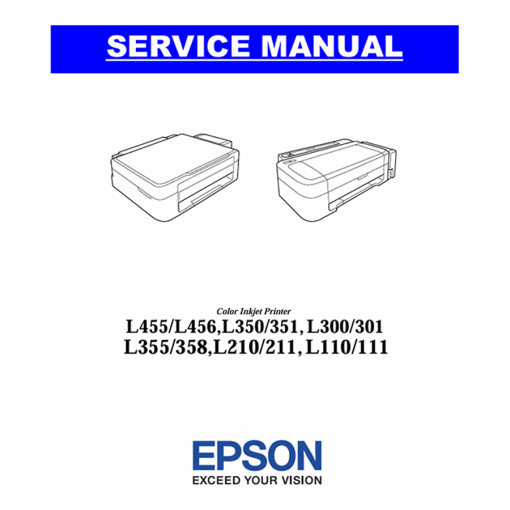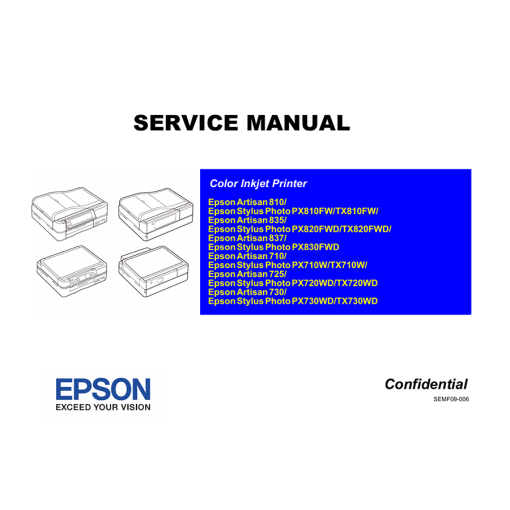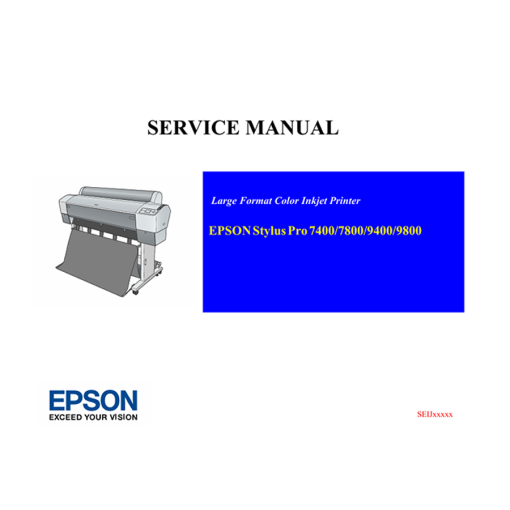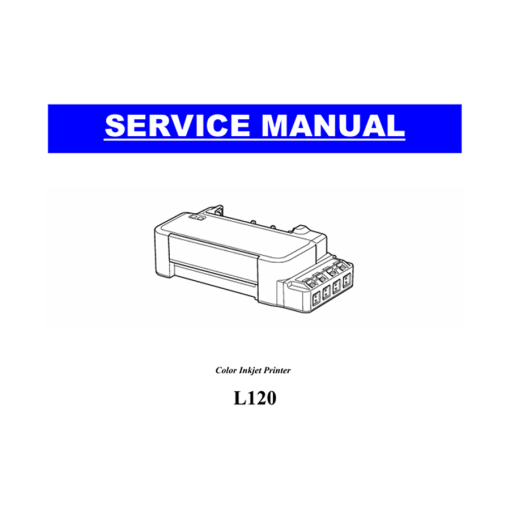-
×
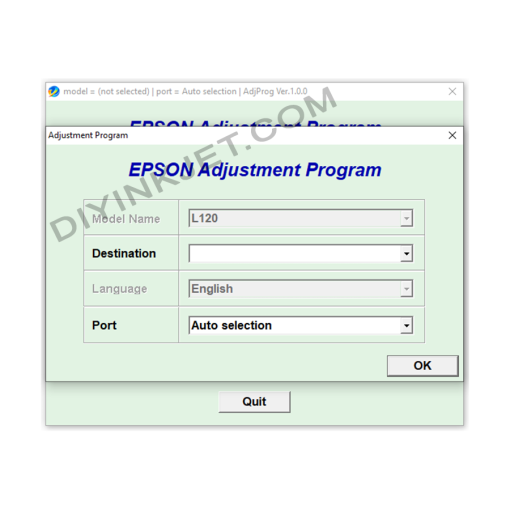 Epson L120 Adjustment Program
2 × 0 $
Epson L120 Adjustment Program
2 × 0 $ -
×
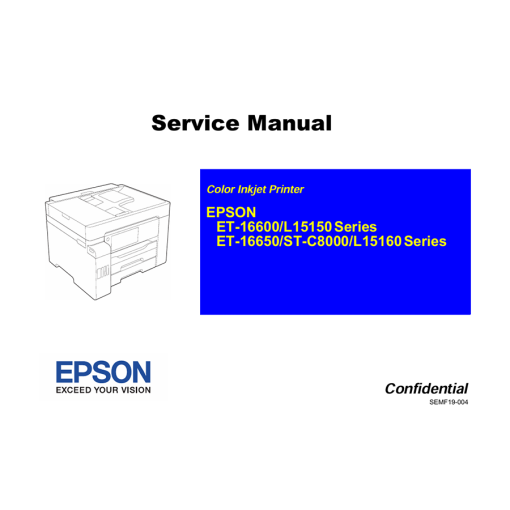 Epson L15158 L15168 L15150 L15160 C8000 16600 16650 Color Inkjet Printer English Service Manual
1 × 0 $
Epson L15158 L15168 L15150 L15160 C8000 16600 16650 Color Inkjet Printer English Service Manual
1 × 0 $ -
×
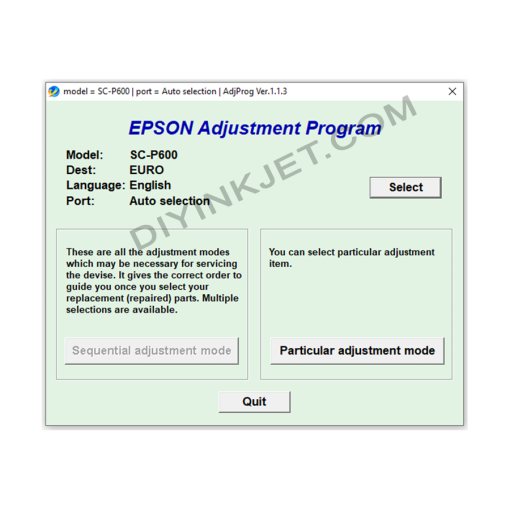 Epson Sure Color P600 Adjustment Program
1 × 0 $
Epson Sure Color P600 Adjustment Program
1 × 0 $ -
×
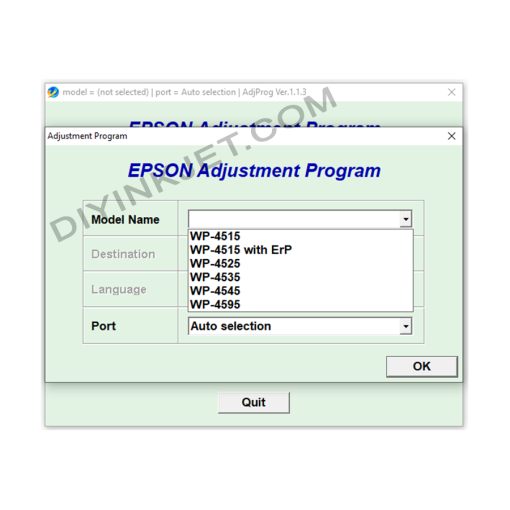 Epson WF-4515 WF-4525 WF-4535 WF-4545 WF-4595 Adjustment Program
2 × 0 $
Epson WF-4515 WF-4525 WF-4535 WF-4545 WF-4595 Adjustment Program
2 × 0 $ -
×
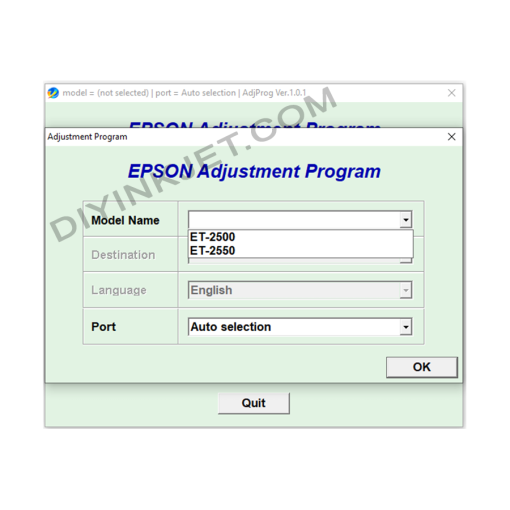 Epson ET-2500 ET-2550 Adjustment Program
2 × 0 $
Epson ET-2500 ET-2550 Adjustment Program
2 × 0 $ -
×
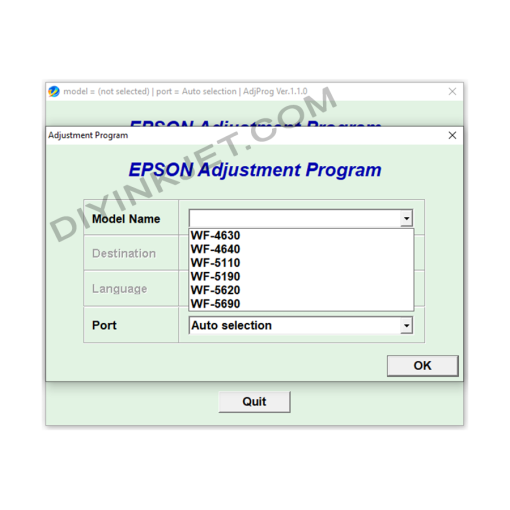 Epson WF-4630 WF-4640 WF-5110 WF-5190 WF-5620 WF-5690 Adjustment Program
1 × 0 $
Epson WF-4630 WF-4640 WF-5110 WF-5190 WF-5620 WF-5690 Adjustment Program
1 × 0 $ -
×
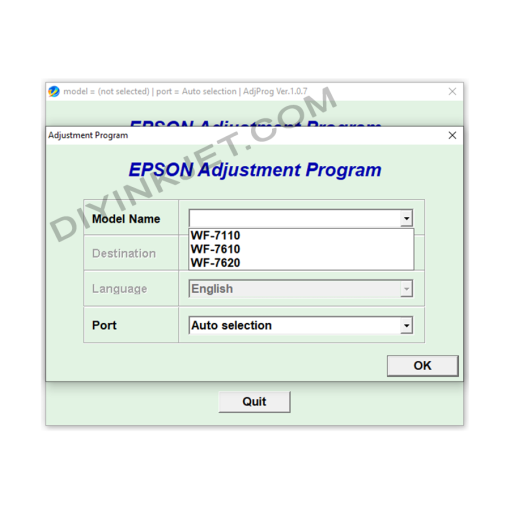 Epson WF-7110 WF-7610 WF-7620 Adjustment Program
1 × 0 $
Epson WF-7110 WF-7610 WF-7620 Adjustment Program
1 × 0 $ -
×
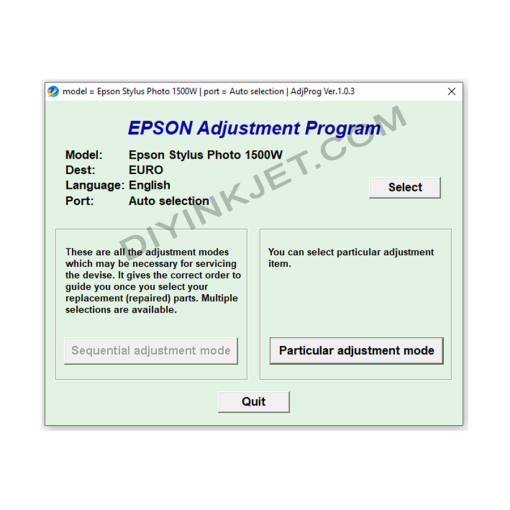 Epson Stylus Photo 1500W Adjustment Program
1 × 0 $
Epson Stylus Photo 1500W Adjustment Program
1 × 0 $ -
×
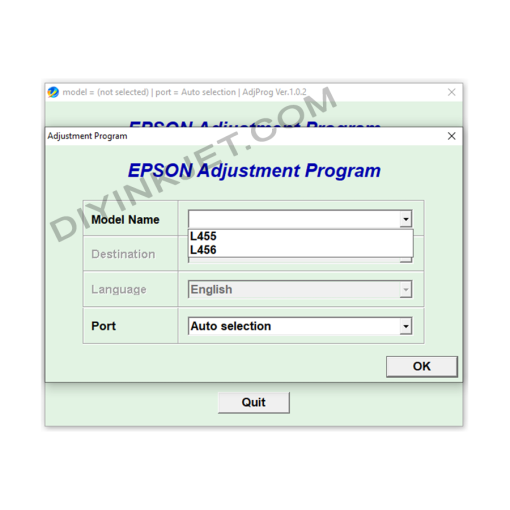 Epson L455 L456 Adjustment Program
1 × 0 $
Epson L455 L456 Adjustment Program
1 × 0 $ -
×
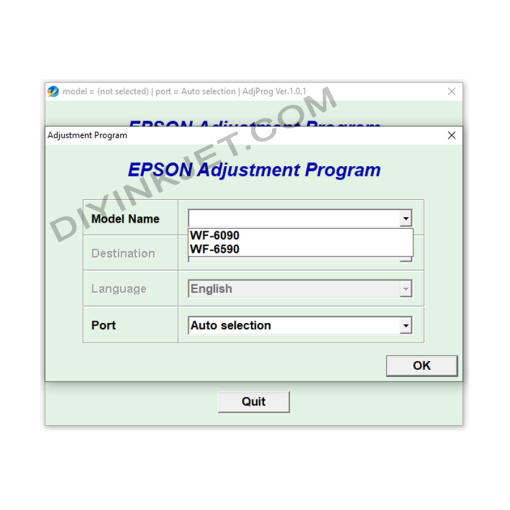 Epson WF-6090 WF-6590 Adjustment Program
1 × 0 $
Epson WF-6090 WF-6590 Adjustment Program
1 × 0 $ -
×
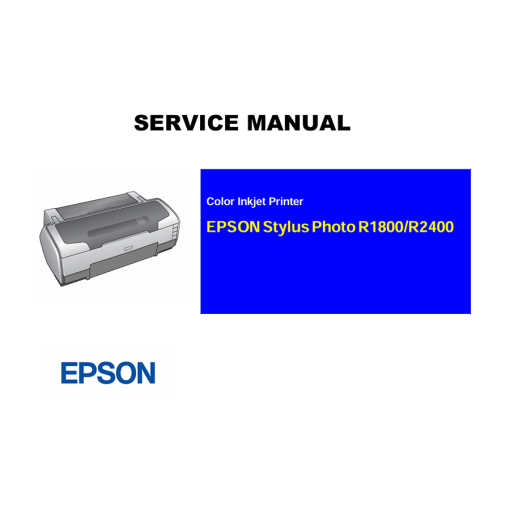 Epson Service Manual: The Definitive Guide for Your Epson Stylus Photo R1900 & R2880 A3+ Printers
1 × 0 $
Epson Service Manual: The Definitive Guide for Your Epson Stylus Photo R1900 & R2880 A3+ Printers
1 × 0 $
Subtotal: 0 $

